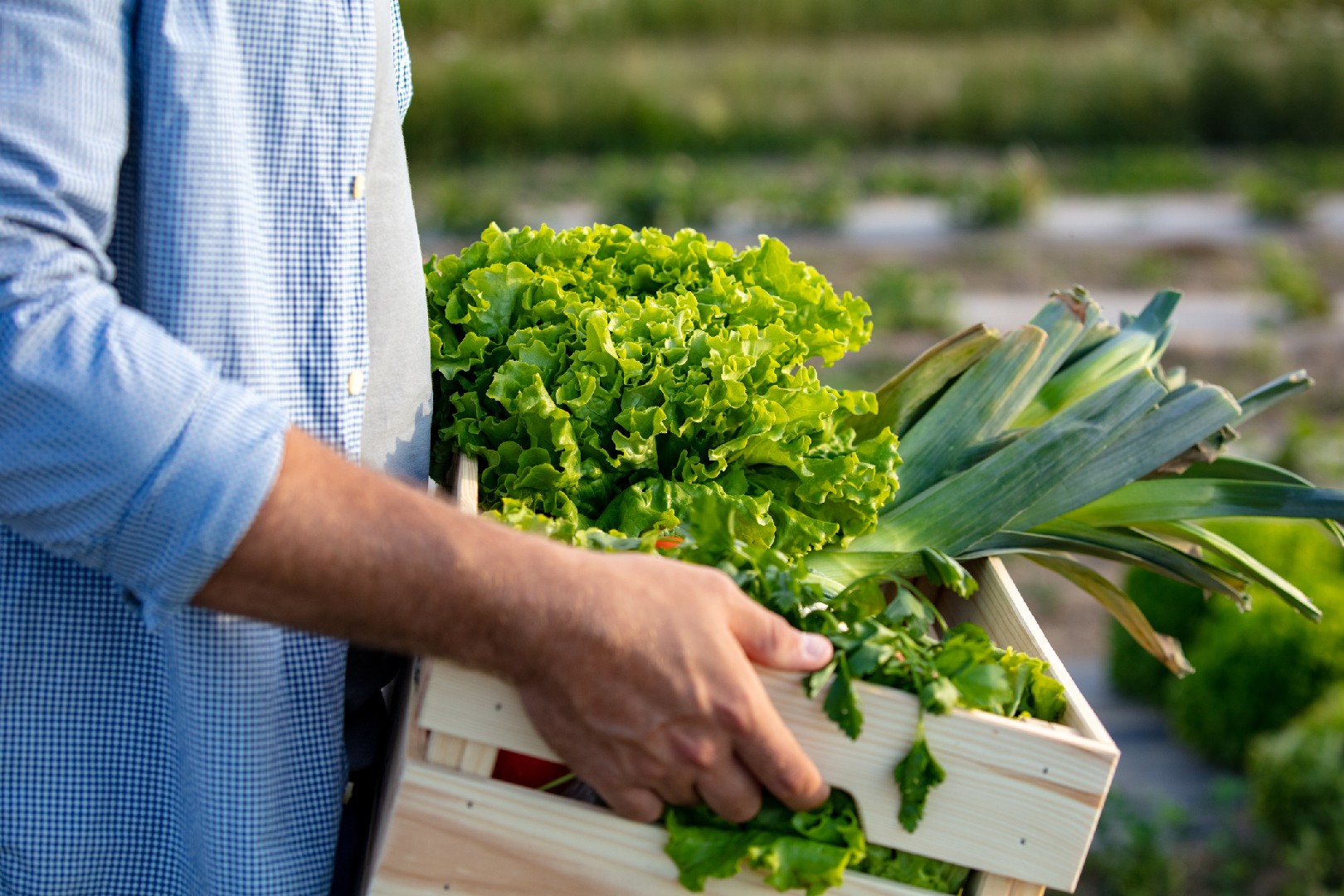![Rectangle]()
Preservation Techniques for Extending Freshness
Preserving the freshness of harvested produce is crucial in ensuring that it lasts longer and maintains its nutritional value. By applying preservation techniques, you can reduce waste, enhance food security, and enjoy fresh produce even during off-seasons. In this section, we will explore some home preservation techniques including canning, freezing, and drying that will help you extend the freshness of your harvest.
Canning is a popular method of preserving fruits, vegetables, and even meats. It involves cooking the produce in jars or cans and sealing them to create an airtight environment that prevents the growth of bacteria. This technique not only extends the shelf life of the produce but also enhances its flavor and texture. To can your harvest, you will need basic canning equipment such as jars, lids, and a canner. Start by washing and preparing your produce, then follow a step-by-step recipe for canning. It's important to ensure that the canning process is done properly to prevent spoilage and food-borne illnesses. Canned goods can be stored for an extended period of time, providing you with fresh produce even when it's out of season.
Freezing is another effective preservation technique that helps maintain the nutritional value of the produce. It works by inhibiting the growth of microorganisms and slowing down the rate of spoilage. Before freezing your harvest, make sure to clean and properly prepare the produce. Blanching is often recommended before freezing to help retain the color, flavor, and texture. Place the prepared produce in freezer-safe containers or bags, removing as much air as possible. Label the containers with the name and date to keep track of the contents. Freezing allows you to store a wide variety of produce, including fruits, vegetables, and even herbs. However, keep in mind that the texture of some vegetables may change after thawing, so it's best to use them in cooked dishes.
Drying is a simple yet effective way to preserve produce, particularly herbs and some fruits. It involves removing the moisture from the produce, which inhibits the growth of bacteria and slows down spoilage. To dry herbs, gather the stems into bundles and hang them upside down in a warm, dry place. For fruits, you can use a dehydrator or oven at a low temperature. Once dried, store them in airtight containers away from moisture and light. Dried herbs and fruits can be used in cooking, baking, or making herbal teas, allowing you to enjoy the flavors of your harvest all year round.
In conclusion, knowing how to preserve your harvested produce is essential in maintaining its freshness and nutritional value. Canning, freezing, and drying are effective techniques that not only extend the shelf life of your harvest but also provide you with fresh produce even during off-seasons. Whether you choose to can your fruits and vegetables, freeze them, or dry them, these preservation methods will help you reduce waste, enhance food security, and ensure that you can enjoy the flavors of your harvest for an extended period of time.





